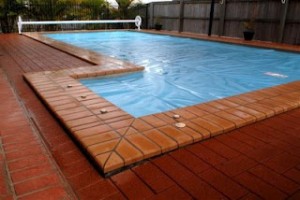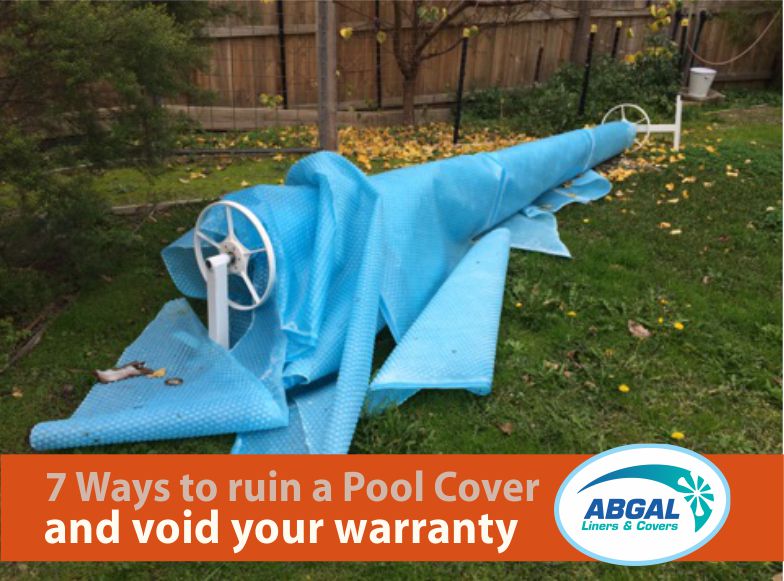 When planning a new pool or refurbishing an existing pool and surround, the question to start with is not “Do I need a pool cover?” but rather, “What type of pool cover do I need?”
When planning a new pool or refurbishing an existing pool and surround, the question to start with is not “Do I need a pool cover?” but rather, “What type of pool cover do I need?”
Pool covers are an environmentally responsible part of owning a pool these days, but they are generally purchased after the pool and landscaping has been completed.
Keep your options open, by being smart and planning your pool cover in the beginning, when planning the rest of your pool entertainment area.
Start by asking yourself these questions…
• Will the pool be heated?
• Are there overhanging trees which will drop leaves into the pool?
• Is the pool exposed to high winds?
• Is it more important to reduce leaves, retain heat or reduce evaporation and therefore water loss?
Use the answers to these questions as the basis for choosing the right pool cover for you, so you can plan for it when designing your new pool area.
If you are planning on a fully automated cover, these cost many thousands of dollars and need to be built into the pool structure for best results. While these are expensive, they can make covering the pool as easy as pushing a button. However, if you have lots and lots of leaves, some styles do not keep all the leaves out of the pool, so choose carefully.
If your pool will not be heated and you have existing trees that shed their leaves, then a tie-down leaf cover is probably best for you. But if the pool is heated or you are looking to extend your swimming season with free heat from the sun, a floating pool blanket is your cover of choice.
Now that you’ve decided on the type of pool cover which best suits you, now think about the storage of it. Most floating covers will be stored on a Reel or Roller. These are popular as they are portable and reasonably lightweight. They are as wide as the pool by about half a metre deep. In your planning stage, ensure your landscaping allows enough room for the Reel. It is usually stored at one end of the pool, away from the gate or pool access.
If you have a lot of leaves raining down on your pool, you will likely choose a tie-down, leaf cover. These overhang the coping and keep out all the leaves and twigs, seed and blossom. Leaf covers have fixing points about 1 metre apart, most often fixed into the coping or pool surround. Plan your paving to accommodate these fittings. You need to allow enough space between the waters edge and any change in level, for the cover overlap and the tie-down fittings. A minimum of 300mm is ideal…
A leaf cover is usually rolled up like a tent and often comes with a storage bag. These are usually custom-made to shape for inground pools or readily available in standard sizes for above ground pools.
A properly fitting pool cover makes pool maintenance a breeze. It will give you peace of mind when you’re away for extended periods and have a leaf problem, plus you will help the environment by saving lots of water and pool chemicals. Be smart, and cover up…
 When planning a new pool or refurbishing an existing pool and surround, the question to start with is not “Do I need a pool cover?” but rather, “What type of pool cover do I need?”
When planning a new pool or refurbishing an existing pool and surround, the question to start with is not “Do I need a pool cover?” but rather, “What type of pool cover do I need?”
